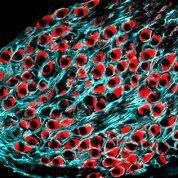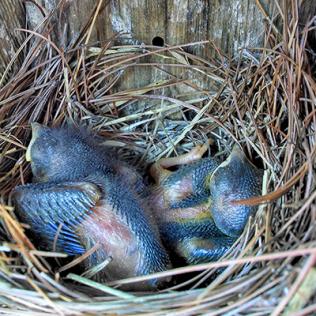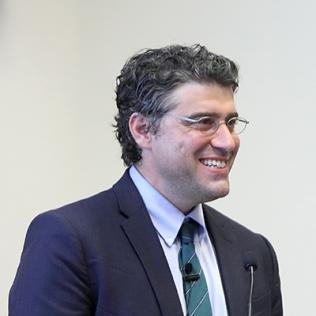
On the Cover
Section of auditory nerve in a young adult mouse. Supporting glial cells (blue) coat neuron fibers (red) and allow fast, reliable transfer of sound information from the ear to the brain. Researchers are testing whether they can target glial cells to prevent neural loss and restore healing.
Hainan Lang





